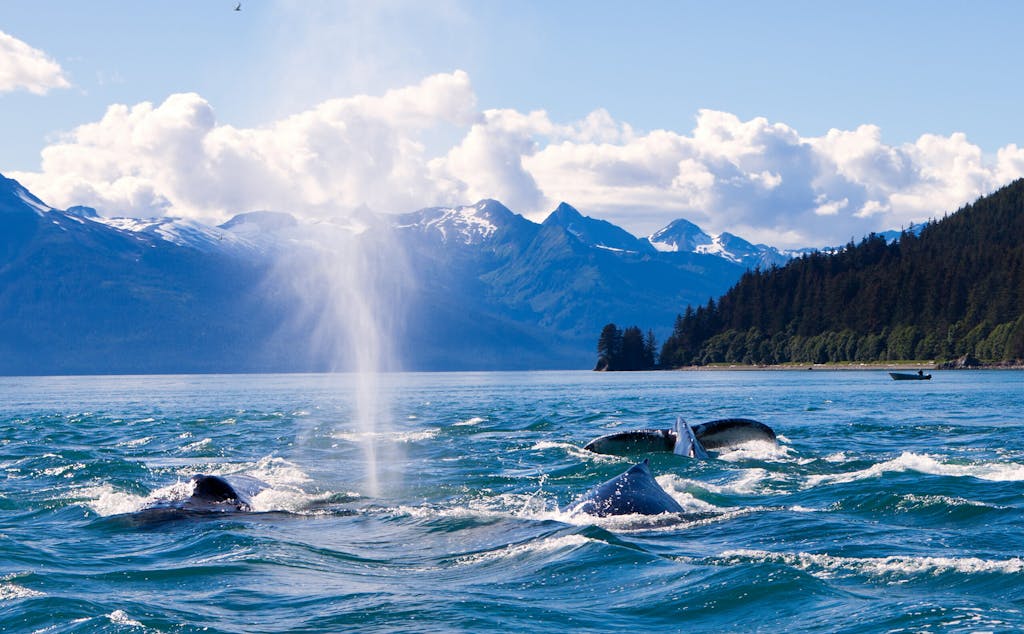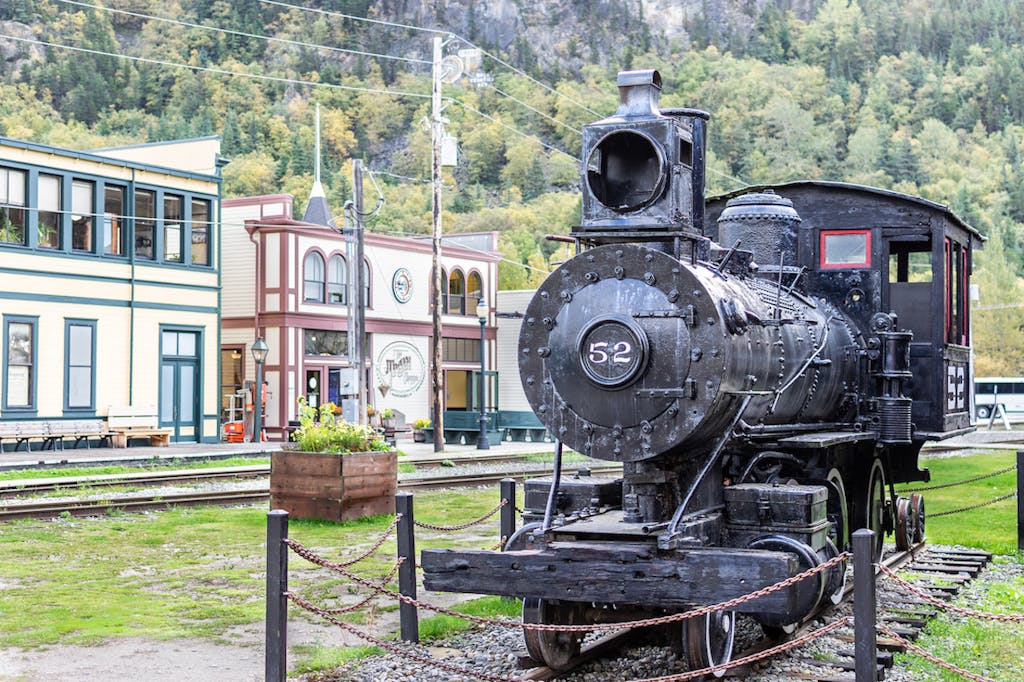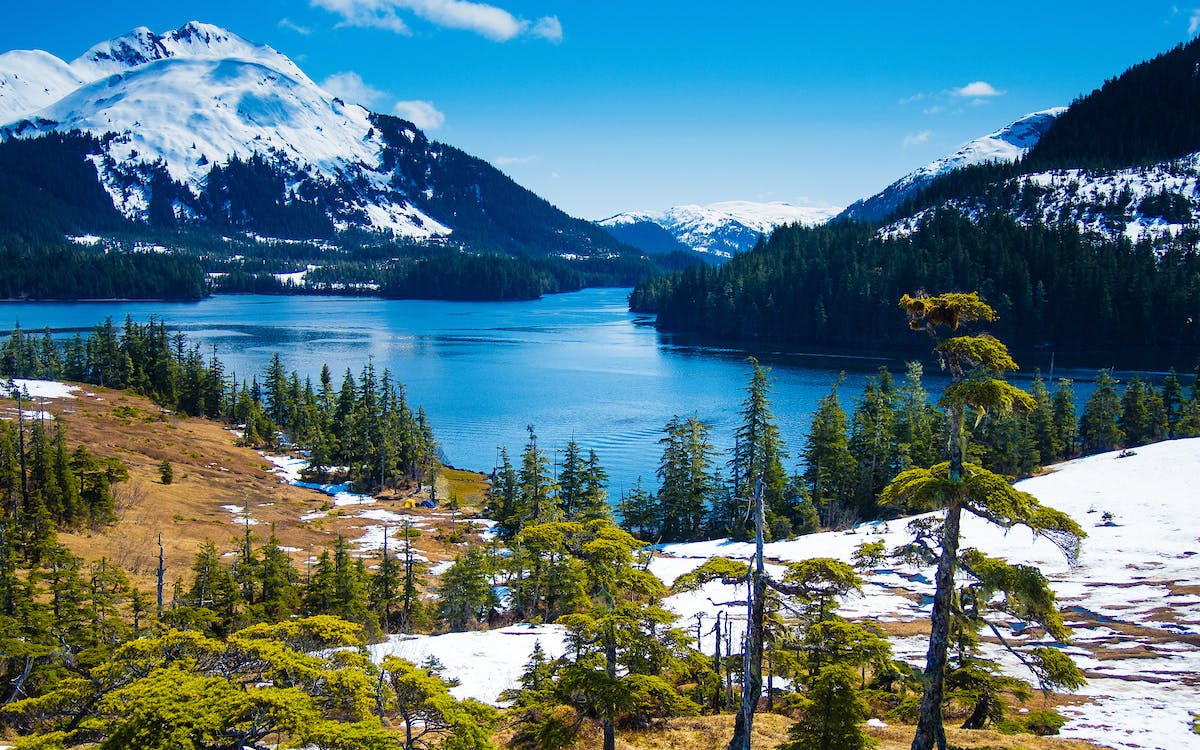Cruising Alaska: Exploring Tracy Arm and Navigating Calving Glaciers
In his 13 years with Silversea, Norman Rafelson has taken a dozen world cruises and visited hundreds of ports. But he had never seen Alaska.
Thanks to majestic places like Tracy Arm, Alaska was a revelation.
“None of these other places were as remote or had as much wilderness,” said Rafelson, who has worked as hotel director for Silversea and considers himself an ambassador for the cruise line. “When you’re here in Alaska, you realize we have this beauty, and you didn’t know it existed before. It’s really a wake-up call.”
An exciting voyage
Rafelson traveled on Silver Muse in the summer of 2021 on its first visit to Alaska after the pandemic. The industry veteran hadn’t been on a ship for 14 months, and, like everyone else on board, was initially just delighted to return to sea.
“It was a very positive attitude aboard the ship,” he said of his cruise to Alaska. “The guests were thrilled to be back, and so was the crew.”
Most of all, he was astonished by the Alaska he discovered along the Inside Passage.
Witnessing a calving glacier
Take the day that the 596-passenger ship visited Tracy Arm, just south of Juneau. An ice pilot helped navigate the narrow waterway, narrating on the ship’s public address system as the vessel inched its way up the icy inlet, passing waterfalls tumbling down steep rock walls.

“As we were sailing along in the fjords, we would see chunks of glacier floating beside us,” Rafelson said. Many of the pieces appeared blue because the ice is so dense that it absorbs every other color of the spectrum. “When you look at how clean it is and appreciate how old it is, you have to be in awe.”
Travelers watched the spectacle in silence, taking in the beauty as if they were floating through an icy outdoor cathedral. Rafelson stepped outside to a deck, where the temperature was chilly but the view magnificent.
“There were no other ships around, mountains on both sides,” he said. “It was quiet. You heard nothing.”
Occasionally chunks would calve off a glacier (check out the video above), landing in the water with a splash. A calving glacier “looks like a little drop but when you zoom in with binoculars, you realize that’s a huge piece of ice that just fell off.”
It led to a moment for reflection for Rafelson, who has always lived in urban areas. This kinetic interplay of nature had been occurring for millenniums, he realized. “I grew up in New Jersey. What have I been missing?”
Again and again, he found himself asking that same question.

Whale-watching and ‘duck’ thrills
Consider the day he visited Alaska’s capital the city of Juneau, and joined other passengers on a small excursion boat to track down some of the largest creatures on the planet: humpback whales.
Along the way, the boat encountered porpoises and dolphins. But it was the graceful whales that stole the show, breaching, spouting and diving, seemingly waving their tails at the astonished audience.
“It was exceptional, the beauty of nature. The whales were amazing,” he said.
Part of the fun of Alaska was experiencing different forms of transportation, too. While some passengers take to the skies for flightseeing, or even helicopter to a mountain top glacier for dog sledding, Rafelson found adventure on the ground.

One morning, he boarded a World War II-era amphibious vehicle called a duck. It drove through the streets of Ketchikan, Alaska, passing by totem poles and a salmon ladder — a stepped waterway installed so that fish can swim past dams and other obstacles.
But then, with little warning, the modified truck plopped straight into the town’s chilly harbor to continue the city tour by water. The unique vehicle passed seaplane docks and fishing canneries as it sailed along Tongass Narrows. It was a thrill to experience in person — and also for Rafelson’s family, who eagerly watched the videos that he sent home that evening.
Riding into Gold Rush history
On another day, he boarded the famed White Pass & Yukon Railway, built in 1898 during the Klondike Gold Rush to haul prospectors from the tiny Alaska port of Skagway to the Yukon. Today, the trip is considered one of the top rail journeys in the world. Narrow-gauge locomotives pull vintage rail cars on a twisty mountain path, crossing bridges and trestles as they climb to White Pass at the Canada-U.S. border.

“That was fantastic,” he said. “We passed falls and glaciers, things we don’t see in our daily lives.”
Throughout the cruise, Rafelson would occasionally notice isolated houses perched in the forest above the water. He tried to imagine the residents’ daily routines, so different from his own. “We’re city people,” he observed. “You ask yourself, ‘Could we live here?’ “
Again and again, he was struck by how living in rugged Alaska was so different from other parts of the United States. “People there aren’t living large. You’re not seeing big homes, fancy cars. It’s kind of nice.”
But the riches found in the scenery bring their own rewards, he said. “It’s a pure nature existence.”
Ready to embark on your own adventure to see Tracy Arm and calving glaciers in Alaska? Start planning your voyage by browsing these Silversea cruises to Alaska.
